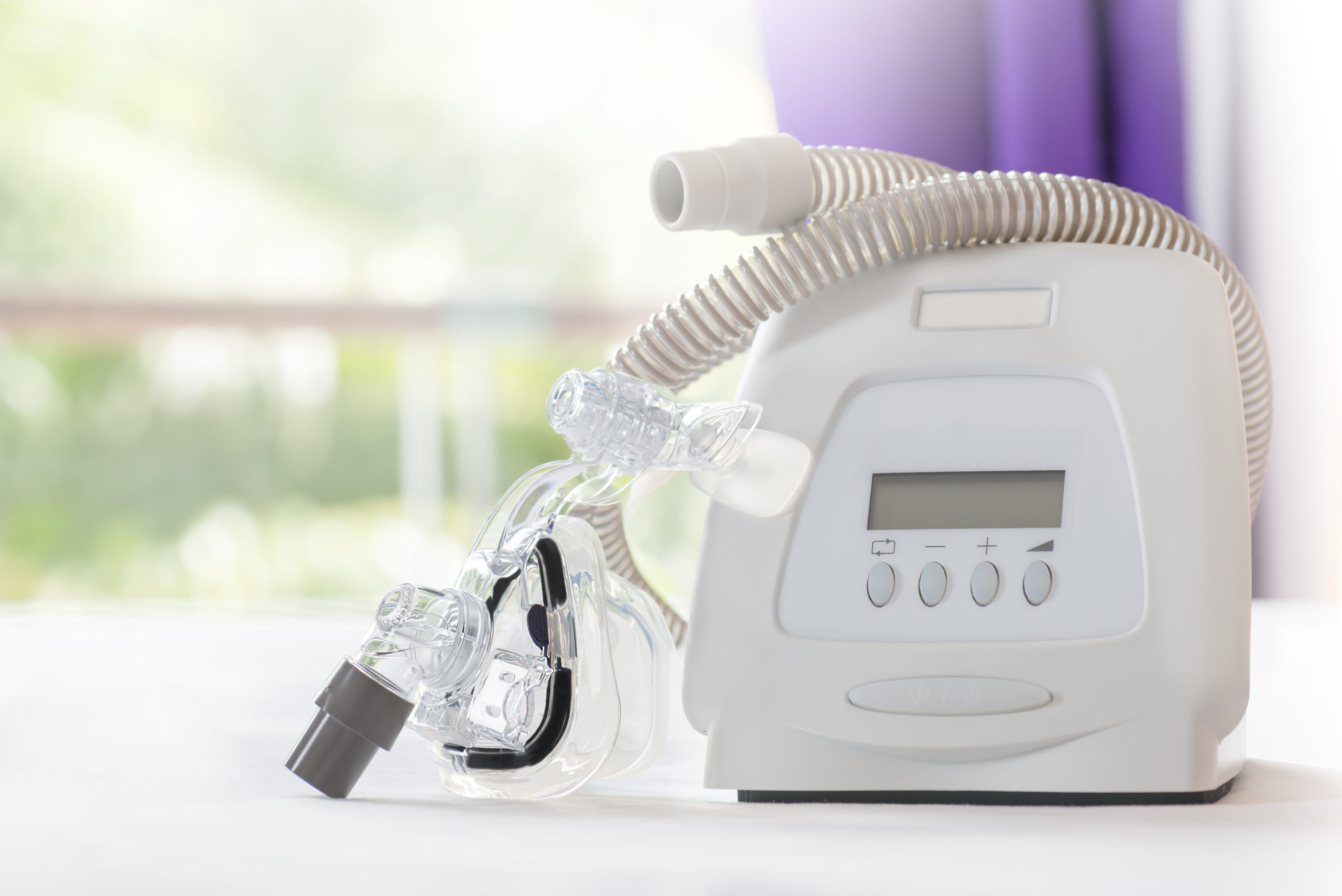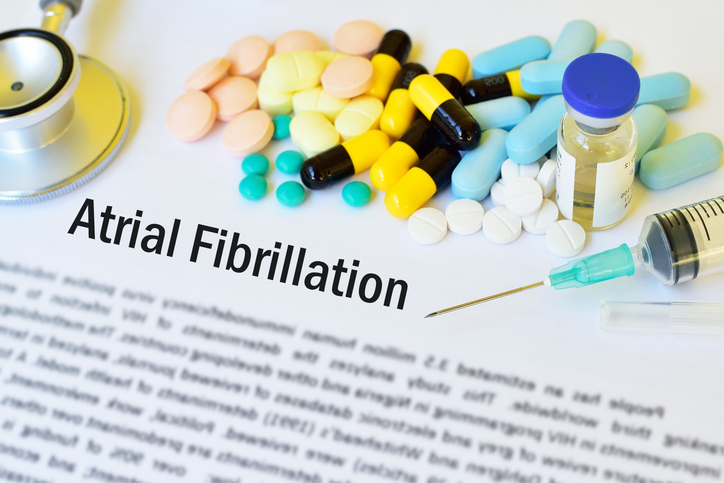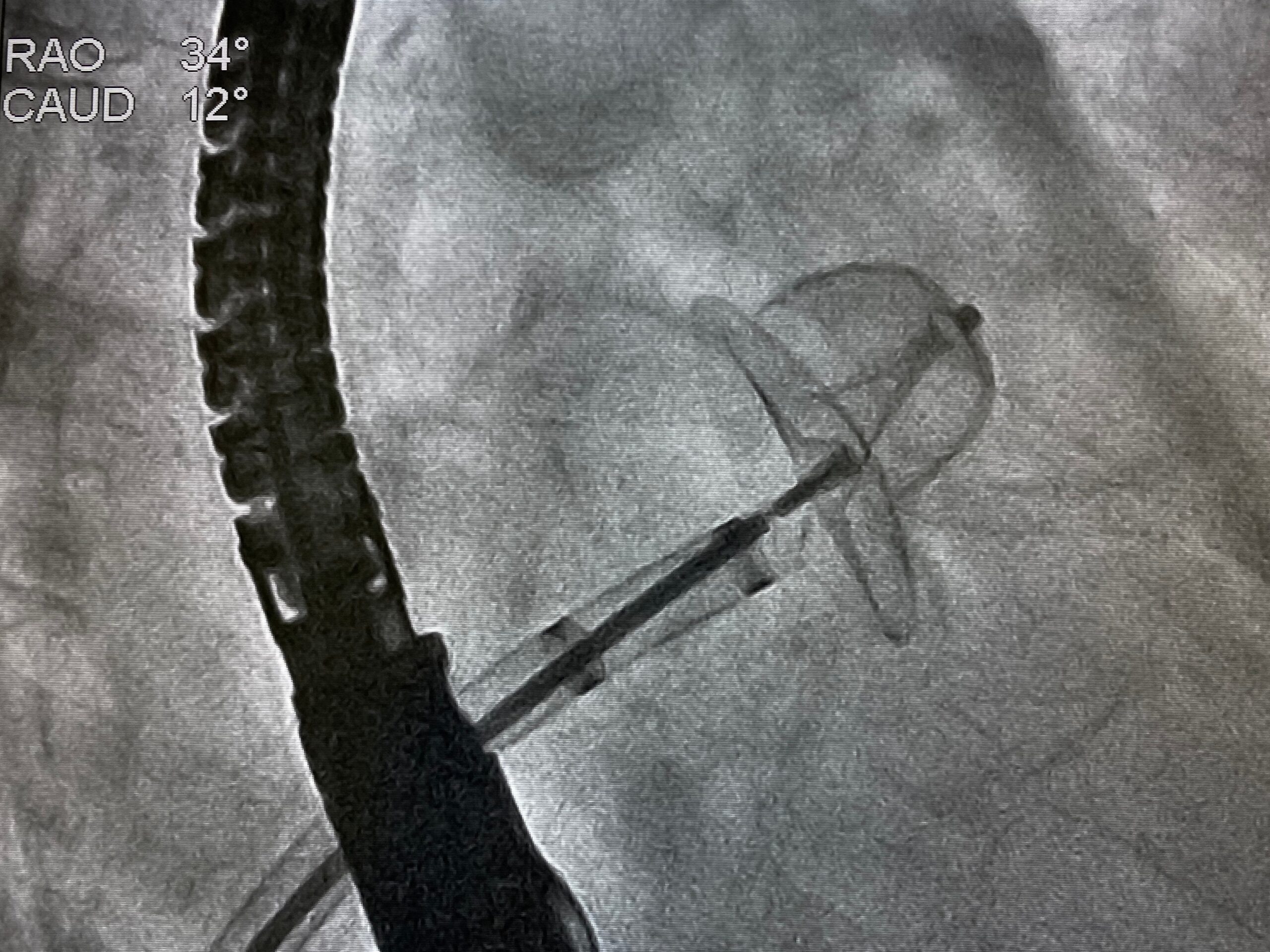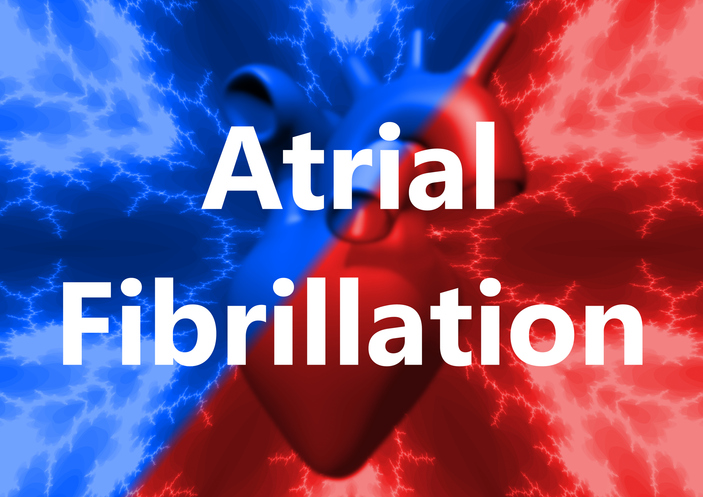
Researchers, led by Chrishan J. Nalliah, explored whether continuous positive airway pressure (CPAP) therapy for obstructive sleep apnea (OSA) affected the remodeling of the atrial substrate associated with OSA in patients with atrial fibrillation. Their study, published in JACC: Clinical Electrophysiology, found that CPAP therapy appeared to reverse the atrial remodeling in atrial fibrillation.
The randomized controlled trial enrolled 24 patients referred for atrial fibrillation management with moderate or above OSA, defined as an apnea-hypopnea index (AHI) ≥15. Twelve patients received CPAP therapy and the remaining 12 received no therapy. The researchers used high-density right atrial mapping to assess atrial voltage, conduction velocity, atrial surface area <0.5 mV, proportion of complex points, and atrial effective refractory periods at baseline and after a minimum of 6 months.
CPAP Therapy in Atrial Fibrillation with OSA
According to the report, clinical, electrophysiologic, blood pressure, and body mass index measures were similar between the two groups at baseline. The authors noted that compliance with CPAP therapy in the intervention group was high (device usage: 79% ± 19%; mean usage/day: 268 ± 91 min). Notably, CPAP therapy resulted in a significant AHI reduction of 31 ± 23 mean events per hour.
Additionally, compared to the control group, the researchers observed that the CPAP group had faster conduction velocity (0.86 ± 0.16 m/s vs 0.69 ± 0.12 m/s; P=.034), significantly higher voltages (2.30 ± 0.57 mV vs 1.94 ± 0.72 mV; P<.05), and a lower proportion of complex points (8.87% ± 3.61% vs 11.93% ± 4.94%; P=.011) at the follow-up evaluation. Patients in the CPAP group also exhibited a trend towards lower proportion of atrial surface area at <0.5mV (1.04% ± 1.41% vs 4.80% ± 5.12%; P=.065).
In short, the authors concluded that “CPAP therapy results in reversal of atrial remodeling in AF and provides mechanistic evidence advocating for management of OSA in AF.”
Related: Atrial Fibrillation in Patients With Acute Pulmonary Embolism







 © 2025 Mashup Media, LLC, a Formedics Property. All Rights Reserved.
© 2025 Mashup Media, LLC, a Formedics Property. All Rights Reserved.